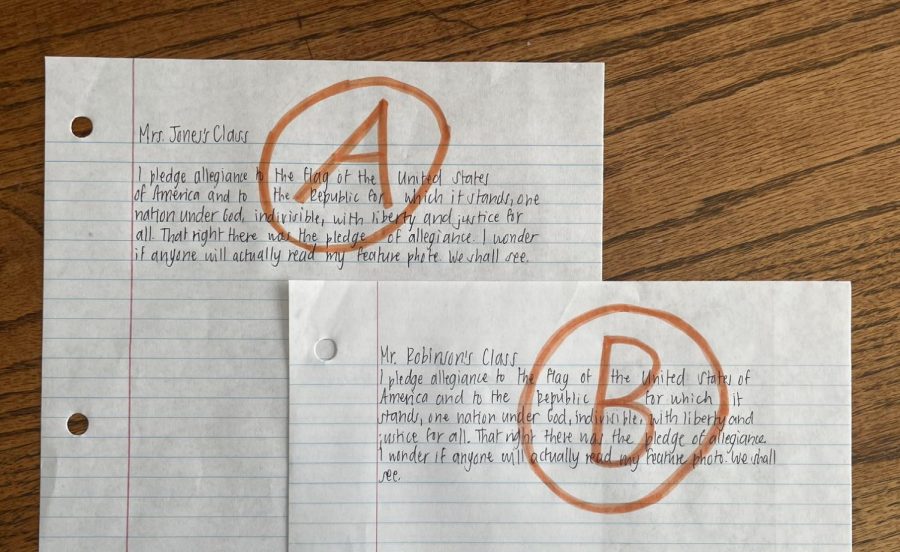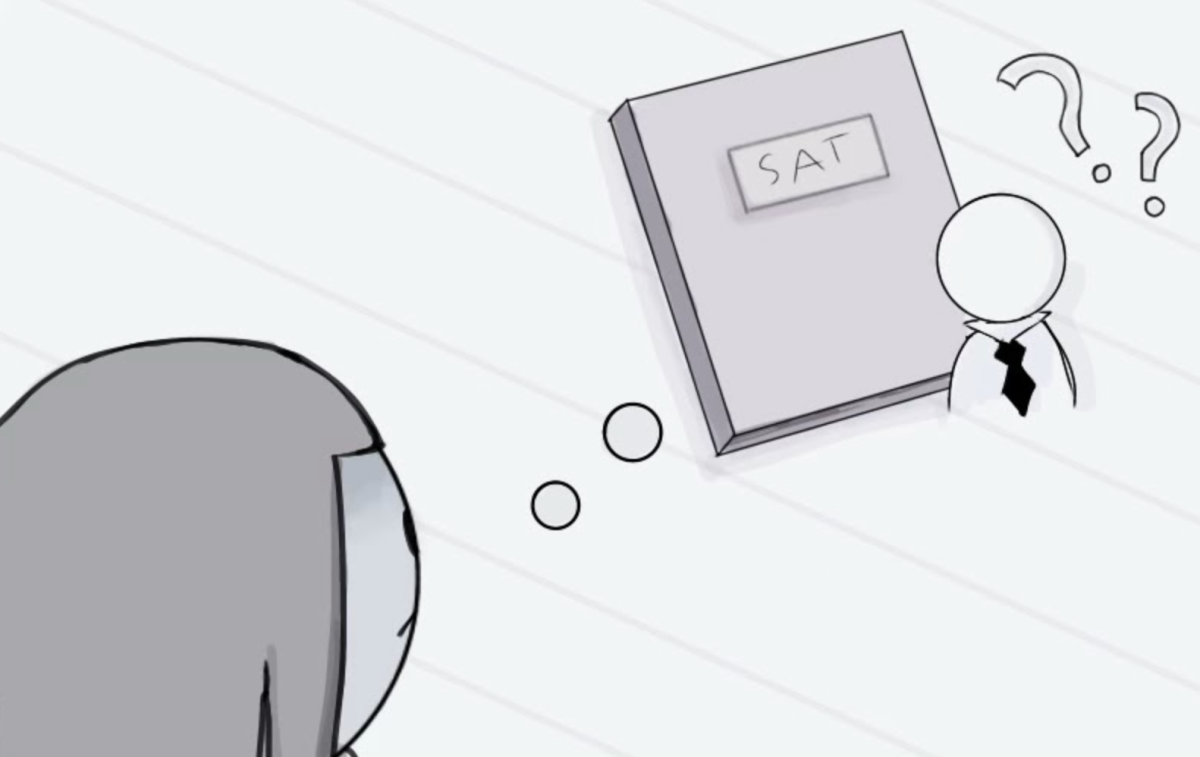Two students taking the same course with two different teachers can have vastly different experiences in terms of workload, expectations, and grading. Many teachers at Carlmont, even within the same courses, have entirely different grading systems. For students, this can sometimes be the difference between an A and a B.
While the difference of one letter grade may not seem impactful, many students feel extra pressure and anxiety around grading in response to the highly competitive college admissions process and pressure put on them by their parents.
While some parents and students may view this inconsistency as an administrative shortcoming, administrators say there is a limit to what they can require.
“There is education code, the law that governs what has to happen in education, and an administrator is not allowed to dictate how a teacher structures their grade book; it is entirely at the teacher’s discretion,” said Gay Buckland Murray, one of Carlmont’s vice principals. “One thing an administrator, department chair, or department head can do is they can recommend best practices around grading and grade book policies.”
I think it’s an important thing to have consistency between teachers so that the students in different sections are getting more or less the same experience, which is important so that you don’t have one teacher that’s perceived as easy or hard or better or worse.
— Ian Hagmann
Ian Hagmann is one of two physics teachers at Carlmont, and he sees the value in having similar learning experiences.
“I think it’s an important thing to have consistency between teachers so that the students in different sections are getting more or less the same experience, which is important so that you don’t have one teacher that’s perceived as easy or hard or better or worse,” Hagmann said. “However, teachers don’t have to do every single thing identically, not every lesson has to be the same, but it would be good if the same experience or the same performance meant the same grade in both settings.”
Hagmann also acknowledges that there are a lot of obstacles to overcome.
“Some teachers disagree on what the best system is, and if the teachers are too far apart, then you can’t really come to a common ground,” Hagmann said. “For example, if one teacher thought that every test should be a multiple-choice test, and then another thought that every test should be a free response, and those two were completely different, someone either has to give up or students just have different experiences.”
Regardless, it is not reasonable that two students putting in the same effort and producing comparable work can receive two significantly different grades. In many cases, this is not a matter of a couple of percentages, but rather one, or sometimes even two whole letter grades.
There seems to be an almost unanimous opinion held by students interviewed on this topic that the inconsistencies, while they may be hard to solve due to logistical challenges, are part of a significant issue that needs to be addressed.
Understandably, teachers within the same course may have different opinions regarding what the best grading practices are, still, multiple strategies could be employed to address the variation and make the grading more consistent. For example, even if different teachers within the same course use different grading systems, teachers could assign the same percentage of students to the same letter grade.
In a time when schools are making a significant effort to implement more equitable practices, grading standards need to be part of that focus.













